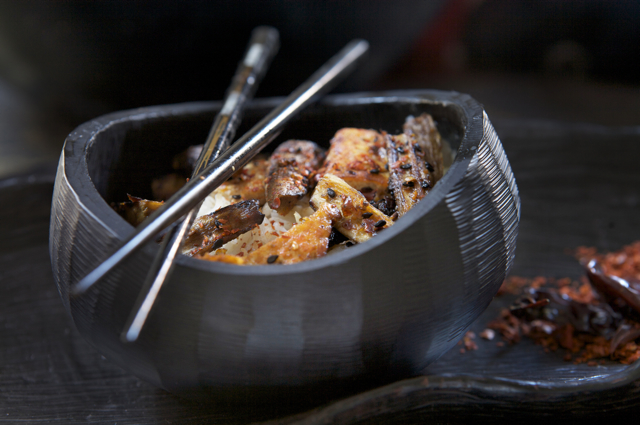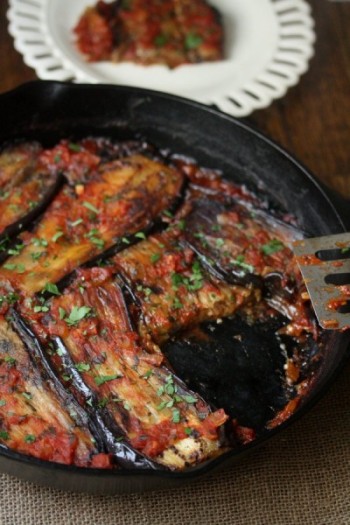
A macrobiotic diet is an attempt to find the balance of yin and yang in diet by consuming foods that are nutritionally and energetically balanced. With whole grains as a staple, macrobiotic diet is supplemented with foods – mostly vegetarian – such as tofu and maple syrup instead of milk, eggs, meats, and sugar.
Kitchenware used for macrobiotics is also limited. While plastic, copper, coated pans, and electronic ovens are to be avoided, cooking utensils made from wood or glass and steamers can be used to cook macrobiotic dishes.
The best way to find the energetic and nutritional balance when cooking a vegetable is to consume it as a whole. The peel protects the life of a vegetable, as roots are the support, seeds the center of life. Seen as a whole, there is a balance of yin and yang.
Downward root vegetables are good macrobiotic ingredients. Most root vegetables can be consumed as a whole and are high in yang, which warms the body and improves the immune system.

Below are recipes using root vegetables.
Burdock Roots Rice
Take a burdock root and cleanse thoroughly. Slice the burdock root and leave in water with some vinegar. Cut oyster mushroom in a similar size to burdock root slices and panfry lightly with olive oil. Add some soy sauce and mirim and cook for five more minutes. In a rice cooker, add brown rice, which was soaked in water overnight, then add fried burdock root and oyster mushroom on the top. Serve with soy sauce.
Steamed Eggplant with Soy sauce
Eggplant is one of the best vegetables to be consumed without peeling. Steamed eggplant makes a perfect macrobiotic dish. Slice a eggplant in big chunks and dice peppers and green onions roughly. In a steamer, steam the sliced eggplant for 8 minutes with half a cup of water. To make the sauce, panfry shoginger, garlic, pepper, and green onion with sesame oil and add soy sauce, water, honey, and tomato paste. Serve the steamed eggplant with the sauce on the top.
Original document available from www.koreadaily.com/news/read.asp?page=2&branch=NEWS&source=&category=lifenleisure&art_id=4102748
Translated by Heewon Kim




